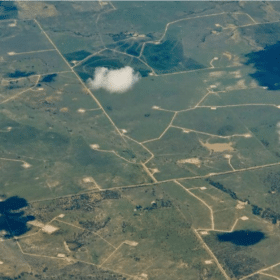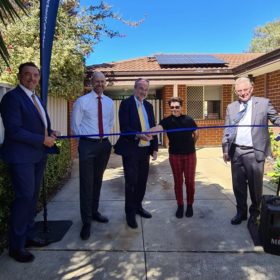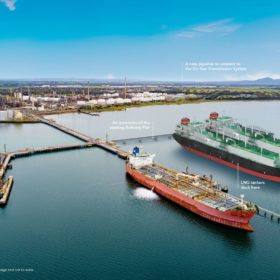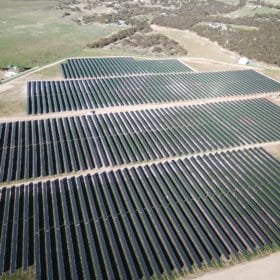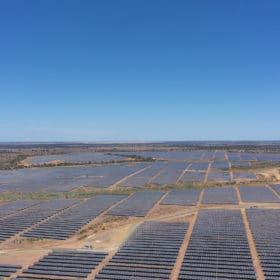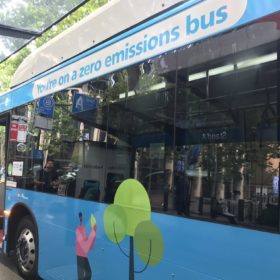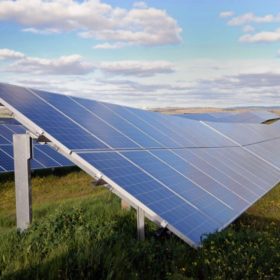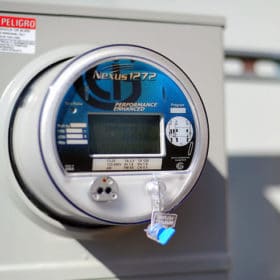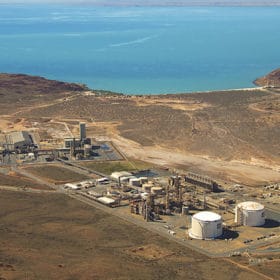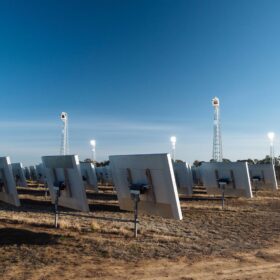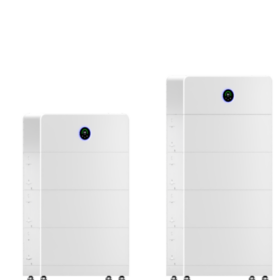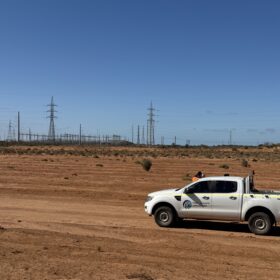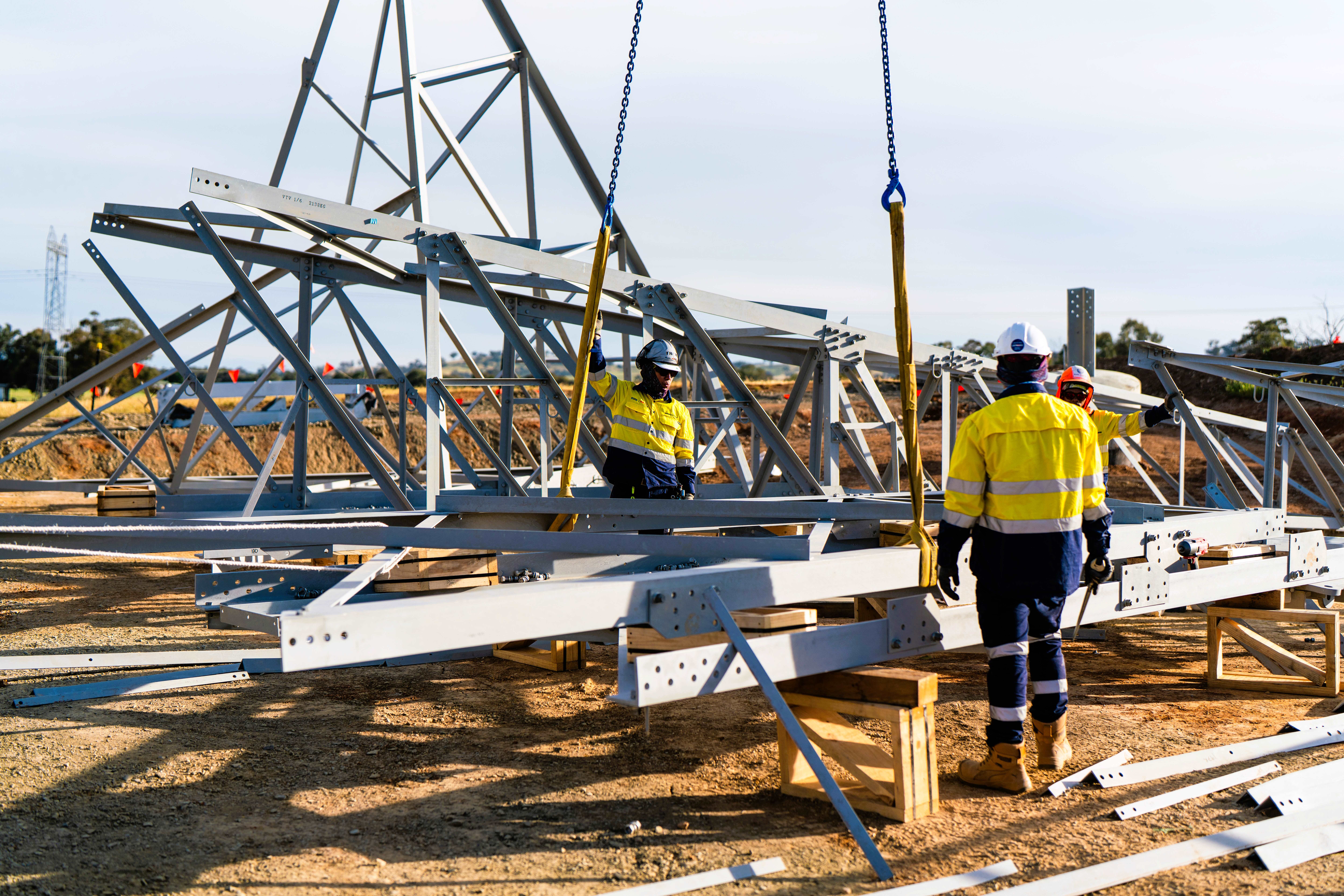Passing gas … on the road to renewables
The Climate Council has published a report to put the final nail in the outdated notion of gas as a transition fuel, and to nix the validity of a gas-led recovery.
WA completes first installations of $6 million in solar for public housing
As part of the Western Australian Government’s WA Recovery Plan, $6 million in funding was provided for a Smart Energy for Social Housing program. The program, which should see 500 properties fitted out with solar systems, got underway recently with the first 10 homes already basking in summer savings.
Viva announces MoUs for potential oil refinery transition to Geelong Energy Hub
Viva Energy Australia has signed memorandums of understanding with key industry partners would could see its Geelong oil refinery, currently struggling to transition to an LNG terminal, transition into an energy hub featuring solar and hydrogen.
New renewables fund champions the low-risk, small utility-scale solar sector
Small-footprint solar farms can get a purchase on distribution lines, they’re virtually pop-up in terms of construction time, and a smart development model can be easily repeated. The Solarion Renewable Fund wants to let investors into its clean little secret.
Weekend read: Prospects for bifacial and large-format products
The pandemic and accidents at polysilicon labs in China’s Xinjiang region put PV manufacturers under pressure to maintain production this year, while slowing cell and module R&D. After half-cut and multi-busbar becomes commonplace, manufacturers will continue to explore the high-density assembly methods that emerged last year, as well as n-type cells. But the market is also shifting to large formats, and the share of bifacial products is growing this year. As sizing up modules can bring immediate returns, PV InfoLink’s Amy Fang expects the PV industry to prioritise the development of large formats and bifacial products next year.
GRS named as EPC of X-Elio’s 200 MW Blue Grass Solar Farm
Spanish solar companies are passing business to each other in Australia like a football between Xavi and Iniesta. X-Elio has announced fellow Spanish company GRS as the EPC for its big entry into the Australian market, the 200 MW Blue Grass Solar Farm in Queensland’s Western Downs.
Electric buses coming early, NSW to transition entire fleet by 2030
New South Wales Minister for Transport and Roads, Andrew Constance, has announced an accelerated 2030 target for the transition of the NSW Government’s 8,000 strong bus fleet. With buses moving that quick Sandra Bullock must be behind the wheel.
QCC warns Queensland losing renewables race
The Queensland Government will invest $500 million in the development of publicly owned solar and wind farms over the next four years but the Queensland Conservation Council (QCC) has warned the state “risks being left behind” the rest of Australia in its transition to renewable energy.
AEMC to review smart meter rules
The Australian Energy Market Commission has launched an independent review into the rules governing electricity meters to see what needs to be done to accelerate the take-up of smart meters.
Engie and Yara partner to develop Pilbara Hydrogen Hub
Engie and ammonia producer Yara have published findings from their long-awaited feasibility study into the development of renewable hydrogen and ammonia at Yara’s Pilbara Fertilisers plant. The study has led to development plans for large-scale renewable hydrogen and ammonia development with the first phase, a 10 MW solar farm and electrolyser, already instigated.
